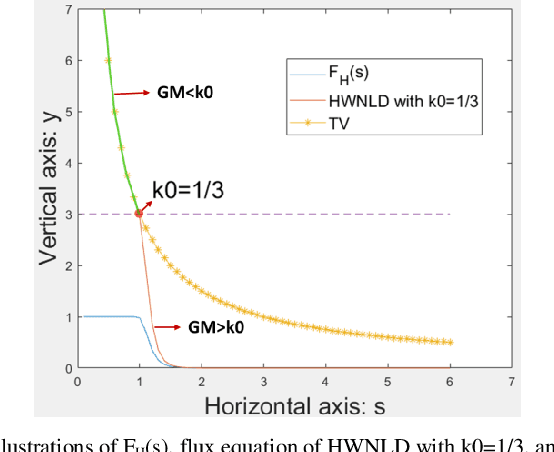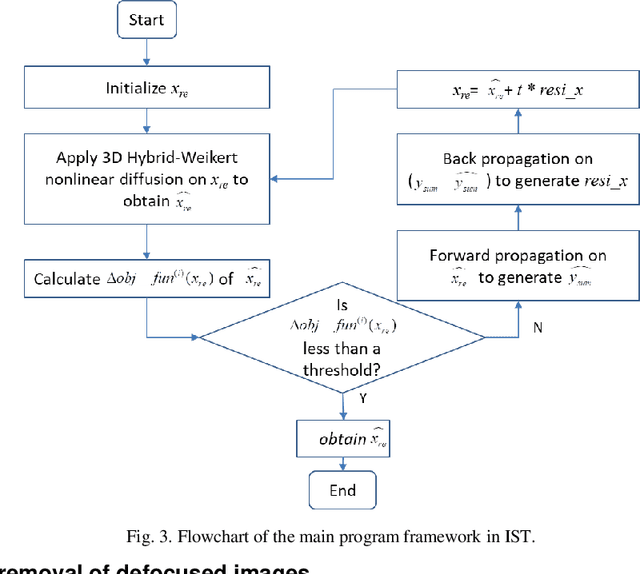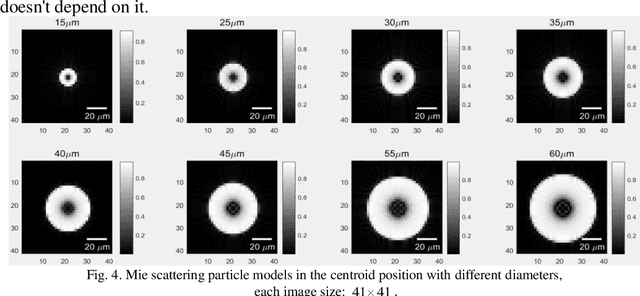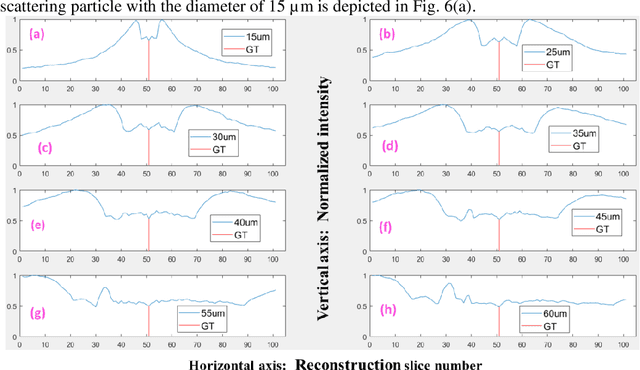Xiaohao Wang
Enhancing Industrial Transfer Learning with Style Filter: Cost Reduction and Defect-Focus
Mar 25, 2024



Abstract:Addressing the challenge of data scarcity in industrial domains, transfer learning emerges as a pivotal paradigm. This work introduces Style Filter, a tailored methodology for industrial contexts. By selectively filtering source domain data before knowledge transfer, Style Filter reduces the quantity of data while maintaining or even enhancing the performance of transfer learning strategy. Offering label-free operation, minimal reliance on prior knowledge, independence from specific models, and re-utilization, Style Filter is evaluated on authentic industrial datasets, highlighting its effectiveness when employed before conventional transfer strategies in the deep learning domain. The results underscore the effectiveness of Style Filter in real-world industrial applications.
Model-based Transfer Learning for Automatic Optical Inspection based on domain discrepancy
Jan 14, 2023Abstract:Transfer learning is a promising method for AOI applications since it can significantly shorten sample collection time and improve efficiency in today's smart manufacturing. However, related research enhanced the network models by applying TL without considering the domain similarity among datasets, the data long-tailedness of a source dataset, and mainly used linear transformations to mitigate the lack of samples. This research applies model-based TL via domain similarity to improve the overall performance and data augmentation in both target and source domains to enrich the data quality and reduce the imbalance. Given a group of source datasets from similar industrial processes, we define which group is the most related to the target through the domain discrepancy score and the number of samples each has. Then, we transfer the chosen pre-trained backbone weights to train and fine-tune the target network. Our research suggests increases in the F1 score and the PR curve up to 20% compared with TL using benchmark datasets.
* This is a fix of the published paper "Relational-based transfer learning for automatic optical inspection based on domain discrepancy"
Unfocused images removal of z-axis overlapping Mie scattering particles by using three-dimensional nonlinear diffusion based on digital holography
May 10, 2019



Abstract:We propose a three-dimensional nonlinear diffusion method to remove the unfocused images of certain sized Mie scattering particles which are overlapping along z-axis. It is simultaneously applied to all of the reconstruction slices that are generated from the captured hologram after each back propagation. For certain small sized particles, the maxima of maximum gradient magnitude of each reconstruction slice appears at the ground truth z position when the reconstruction range along z-axis is sufficiently long and the reconstruction depth spacing is sufficiently fine after applying the proposed scheme, therefore, the reconstructed image at ground truth z position is remained, however, the unfocused images are diffused out. The results demonstrated that the proposed scheme can diffuse out the unfocused images which are 20um away from the ground truth z position in spite of that several Mie scattering particles were completely overlapping along z-axis with a distance 800um when the diameter is 15um and the hologram pixel pitch is 2um. It also demonstrates that the sparsity of the ground truth z slice cannot be affected by the sparsity of corresponding unfocused images when the particle is small enough as well when reconstruction depth spacing is higher than 20um
 Add to Chrome
Add to Chrome Add to Firefox
Add to Firefox Add to Edge
Add to Edge